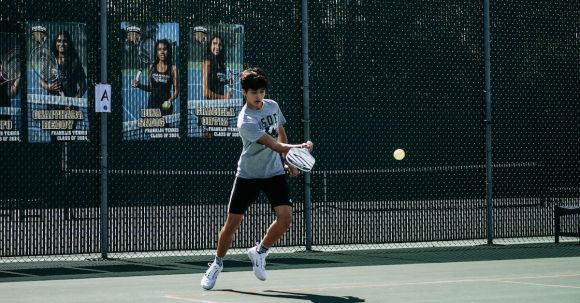Every athlete knows that to excel in their chosen sport, they need to train consistently and effectively. But what if there was a way to take your training to the next level? That’s where sports-specific training comes in. By tailoring your workouts to mimic the movements and demands of your sport, you can enhance your performance and take your game to new heights. In this article, we’ll explore the benefits of sports-specific training and how you can incorporate it into your routine.
Understanding Sports-specific Training
Sports-specific training is a targeted approach to training that focuses on the specific skills and movements required for a particular sport. Instead of relying solely on general fitness exercises, sports-specific training hones in on the specific demands of your sport, helping you to develop the strength, speed, agility, and endurance needed to excel.
Benefits of Sports-specific Training
1. Improved Performance: By training in a way that closely mimics the movements and demands of your sport, you can improve your performance on the field or court. Not only will you become stronger and faster, but you’ll also develop the specific skills and techniques necessary for success.
2. Injury Prevention: One major advantage of sports-specific training is its ability to help prevent injuries. By targeting the muscles and movements used in your sport, you can strengthen them and reduce the risk of injury. Additionally, sports-specific training can improve your overall body awareness, allowing you to move more efficiently and reduce the strain on your joints.
3. Enhanced Mental Focus: Sports-specific training not only benefits your physical performance but also your mental game. By practicing the specific skills and techniques required for your sport, you’ll develop a greater level of mental focus and concentration. This can help you make split-second decisions on the field and react quickly to changing game situations.
Incorporating Sports-specific Training into Your Routine
1. Identify the Demands of Your Sport: The first step in incorporating sports-specific training into your routine is to identify the specific demands of your sport. What are the key movements, skills, and physical attributes required? Once you have a clear understanding of these, you can tailor your training accordingly.
2. Design a Targeted Workout Plan: Based on the demands of your sport, design a targeted workout plan that focuses on the specific skills and movements you need to improve. This may include exercises that mimic the movements of your sport, such as agility drills, plyometrics, and sport-specific strength exercises.
3. Seek Professional Guidance: If you’re new to sports-specific training or unsure of where to start, it can be beneficial to seek guidance from a sports performance coach or trainer. They can help you design a personalized training plan and provide expert guidance on technique and form.
4. Incorporate Variety into Your Training: To continue challenging your body and prevent plateaus, it’s important to incorporate variety into your training routine. This can include changing up exercises, adding new drills, or increasing the intensity or duration of your workouts.
5. Listen to Your Body: While sports-specific training can be incredibly beneficial, it’s important to listen to your body and avoid overtraining. Pay attention to any signs of fatigue or injury and adjust your training accordingly. Rest and recovery are just as important as the training itself.
Conclusion: Elevate Your Game with Sports-specific Training
If you’re looking to take your game to the next level, sports-specific training is the key. By tailoring your workouts to mimic the movements and demands of your sport, you can enhance your performance, prevent injuries, and elevate your mental focus. So, identify the demands of your sport, design a targeted workout plan, seek professional guidance if needed, and incorporate variety into your training routine. With sports-specific training, you’ll transform your game and reach new heights in your athletic journey.





